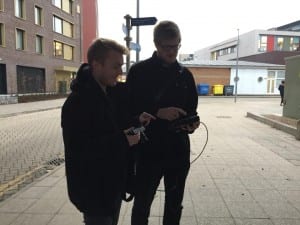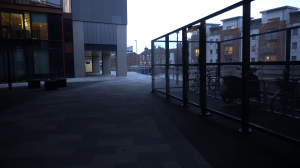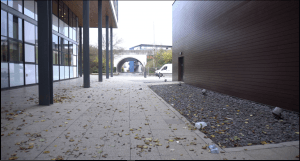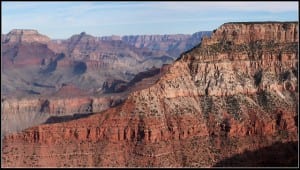From my last post, I mentioned the faces with 4 vertices acting like they had a new edge with a face jutting out. This was because of my aggressive use of the multi-cut tool creating many anomalies across the mesh. This was also fixed by more use of the multi-cut tool and some adjustments to the edges created.
Another new arisen problem was the Arnold 5 renderer.
The usual process with Maya software was to model, texture as a lambert, set the diffuse to 0% and the ambient colour to 100% this would mean you wouldn’t need any lights to light up the scene and it would be fine.
However, with Arnold attempting to render this out would come out black even with addition Arnold lights. Except for 1 mountain.
While playing with the settings I discovered that for the Arnold render to work, the diffuse had to be set to 100% and ambient colour set to 0%. It also required a world light to be added this means that the model had to be a lot more clear as shadows were now being cast in gaps.
However when finally rendered and all anomalies filled the finished draft looked great.
From this test, I could spot a few more black artefacts that I could fix before my next render. I also thought that the front of the mountain had extremely straight lines that just made it look too obvious that it was 3d.
My final thought was Depth of field since I have gone for the camera pull back method it would be best to slowly introduce the whole of the shot through the use of focus.
So I put them together and got my final render.
The final render came out looking absolutely fantastic in my option. A lot better than I could have hoped for. The only way I can improve this would be to start from scratch knowing what I know now and experimenting with different techniques to achieve a better look.






